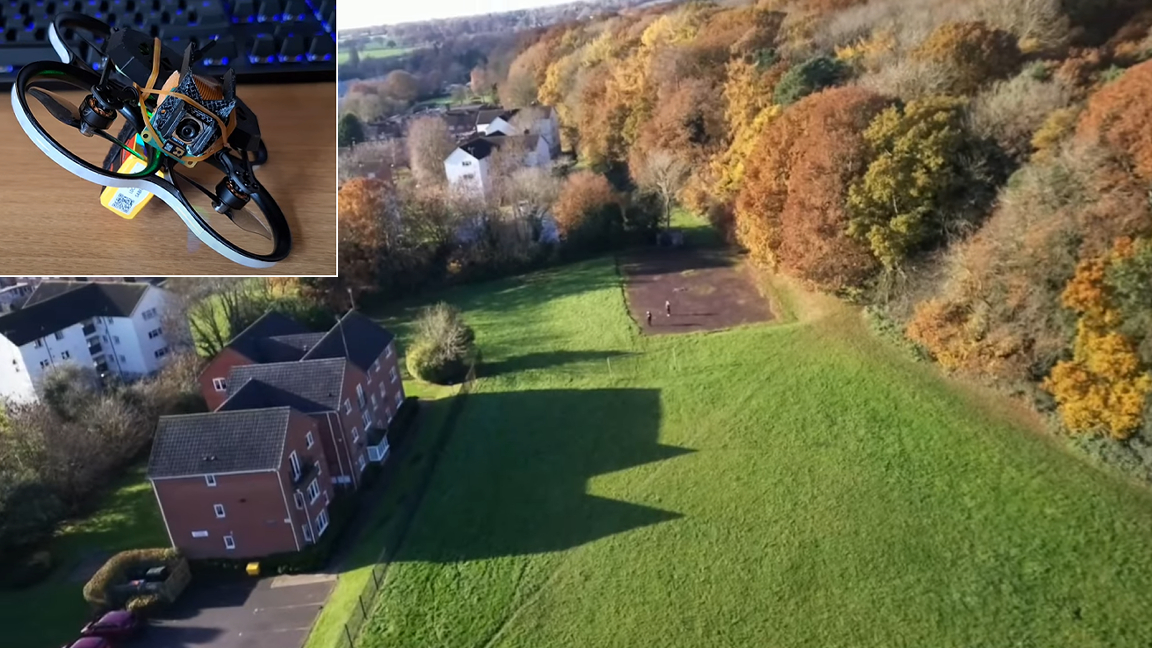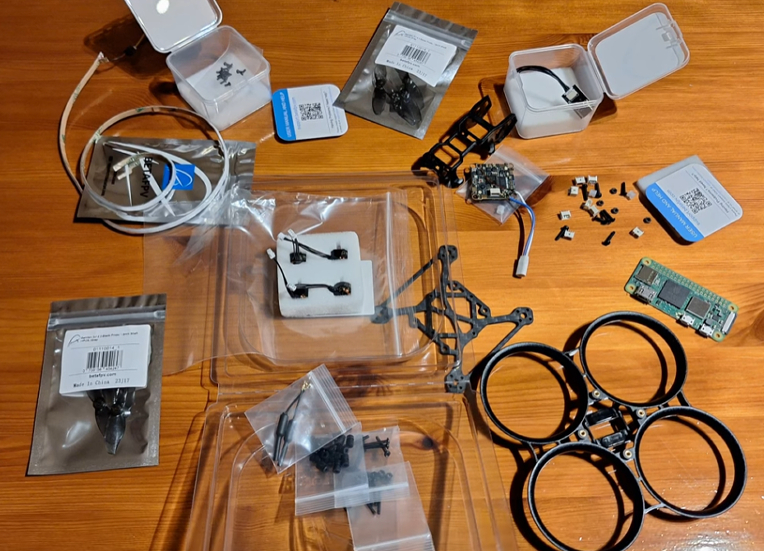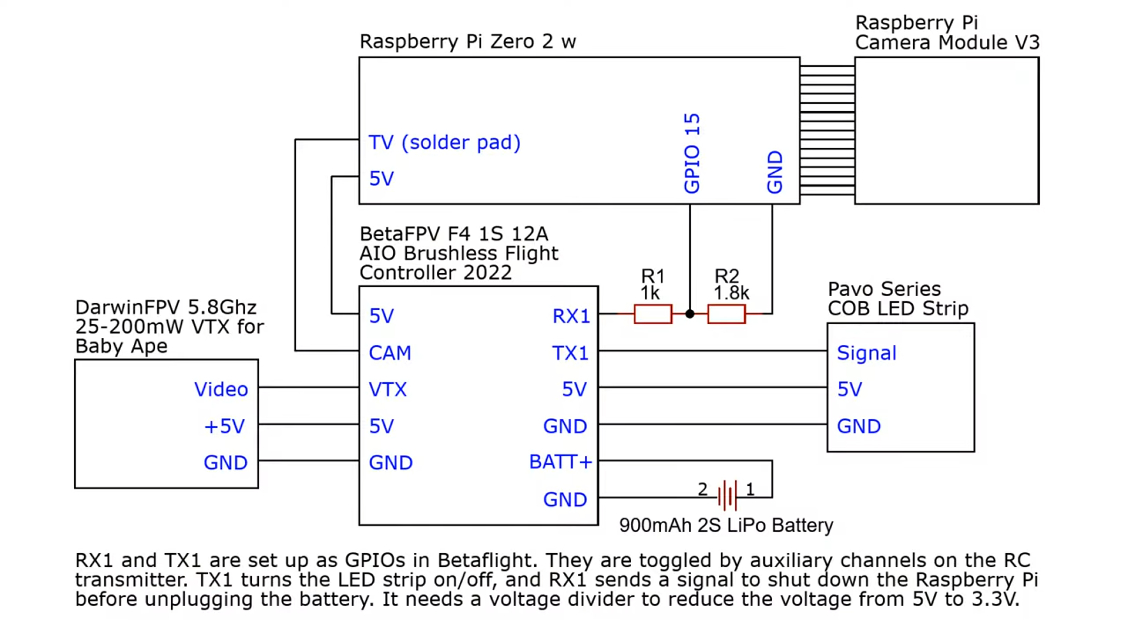Raspberry Pi cinewhoop drone swoops in with a Zero 2 W to run the live video feed

If you’ve had an itch to build a drone but didn’t know when to scratch, this might be your cue. Maker and developer Artur Pękosz has created a custom drone known as the Lahn Cinewhoop using our favorite single-board computer, the Raspberry Pi. It works just like any other hobby drone, complete with the ability to operate it remotely using a set of FPV goggles.
The drone is built using a frame, flight controller and motors purchased from BetaFPV. A Raspberry Pi Zero 2 W was thrown in to help operate the video feed. The end result is a cool, cinewhoop style drone that lets you capture footage and video of your flights. If you’re not familiar with the term "cinewhoop," it refers to a specific category of drones that are designed for recording footage.


In addition to the drone frame, additional pieces were needed to mount the extra Pi hardware. To solve this problem, Pękosz designed and 3D printed custom mounting brackets to hold the camera and Pi Zero in place. All of the files used in the build are available for anyone to download and 3D print at home for themselves.
A complete list of hardware is provided on the project page at Hackaday but here’s a quick overview of what it uses. A LiteRadio 2 SE radio transmitter is used alongside an F4 1S 12A AIO Brushless Flight Controller. The drone is also fitted with LEDs and is connected to Raspberry Pi Zero 2 W which handles the video support using a Raspberry Pi Camera Module 3.
The software used to capture the video input from the camera module and parse it to the FPV goggles was created by Pękosz just for the project using Python. These files are also open source and available for anyone to download over at Hackaday. If you want to see this Raspberry Pi project in action, check out the demo video of the drone over at YouTube.
Get Tom's Hardware's best news and in-depth reviews, straight to your inbox.

Ash Hill is a contributing writer for Tom's Hardware with a wealth of experience in the hobby electronics, 3D printing and PCs. She manages the Pi projects of the month and much of our daily Raspberry Pi reporting while also finding the best coupons and deals on all tech.
-
Conor Stewart Why thought? What advantage does this have over normal FPV systems?Reply
Analogue video can be recorded with a DVR on the drone and digital video systems often include an SD card slot to store the video. Or if you want to record good video then you add an action camera to it.
The connection from the camera to the pi may be digital but it is probably transmitted as analogue because it is much cheaper and easier to do, meaning the resulting video probably won't be any better than normal analogue FPV cameras.
What is the latency like on the video? If it's too high it is pretty useless for flying FPV, around 30-40 ms is generally considered to be about as high as you want to go, although lower is better.
Does it add an OSD? It would probably be quite easy as it just uses a pi and camera module but it would probably add latency too.
If the pi was running a system to make the drone autonomous then it would make more sense but putting a pi in there just to record and transmit video just seems a bit pointless.